How Intelligent Clamping Technology Can Contribute to Process-Flow Optimization
Germany’s Metav 2018 trade fair presented various hands-on solutions in regard to Industry 4.0, automation, digitalization and data-driven manufacturing. One topic that stood out was intelligent clamping technology with integrated measurement capabilities to generate data to optimize machining processes.
Share





Metav, the Düsseldorf, Germany-based show that takes place biennially in February, faces the burden of occurring only a few months after the world's biggest metalworking show, EMO Hannover, and a few months before world events such as AMB, the International Manufacturing Technology Show (IMTS) and the Japan International Machine Tool Fair (JIMTOF). As a result, exhibitors use the show to connect with customers from Northern Germany and don't necessarily present world-introduction solutions.
Therefore, for my coverage of the event, I focused on what is new in clamping technology, toolholding and workholding—areas in which customers are increasingly benefiting from solutions designed for the age of Industry 4.0. Exhibitors had a number of intelligent workholding and toolholding solutions for automation and networked manufacturing up their sleeves. Digital-workflow data collected from these “smart” devices can be used to manage process flows, and productivity can be increased by performing the appropriate analysis and data processing. Similarly, some new clamping technology generates data that can contribute to process-flow optimization. For example, tooling and maintenance times can be reduced in advance and the machine time can be used for production instead.
Click through the slideshow above to see a sampling of some of those technologies I spotted at the show.
Related Content
-
3 Ways Artificial Intelligence Will Revolutionize Machine Shops
AI will become a tool to increase productivity in the same way that robotics has.
-
How to Accelerate Robotic Deburring & Automated Material Removal
Pairing automation with air-driven motors that push cutting tool speeds up to 65,000 RPM with no duty cycle can dramatically improve throughput and improve finishing.
-
Four-Axis Horizontal Machining Doubles Shop’s Productivity
Horizontal four-axis machining enabled McKenzie CNC to cut operations and cycle times for its high-mix, high-repeat work — more than doubling its throughput.




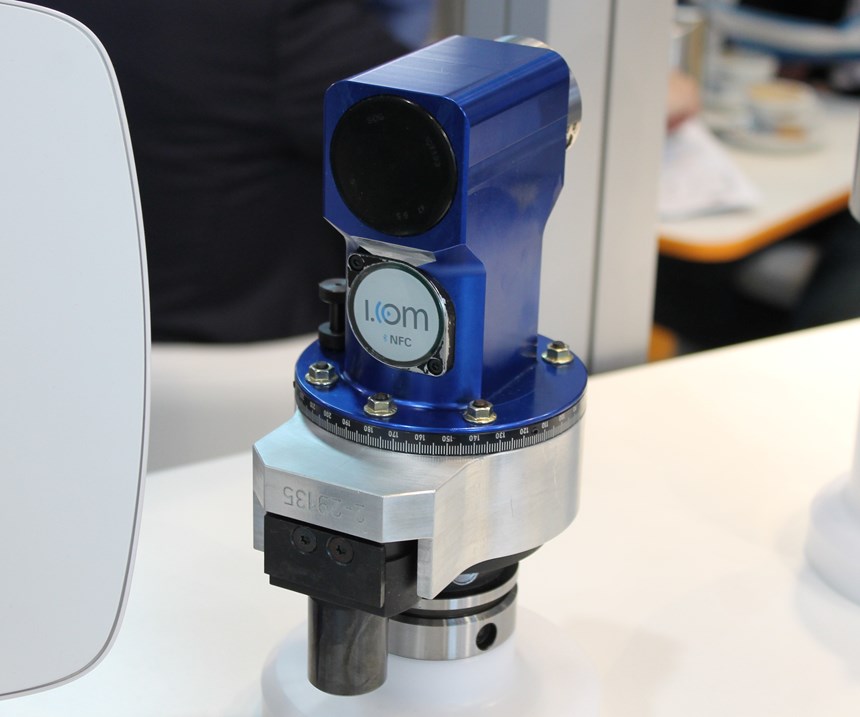
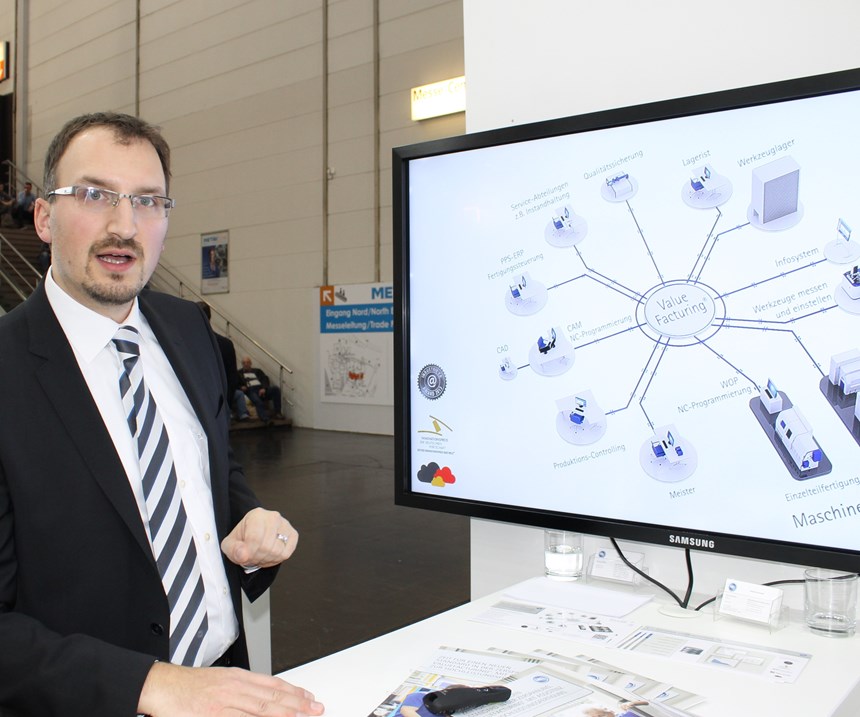
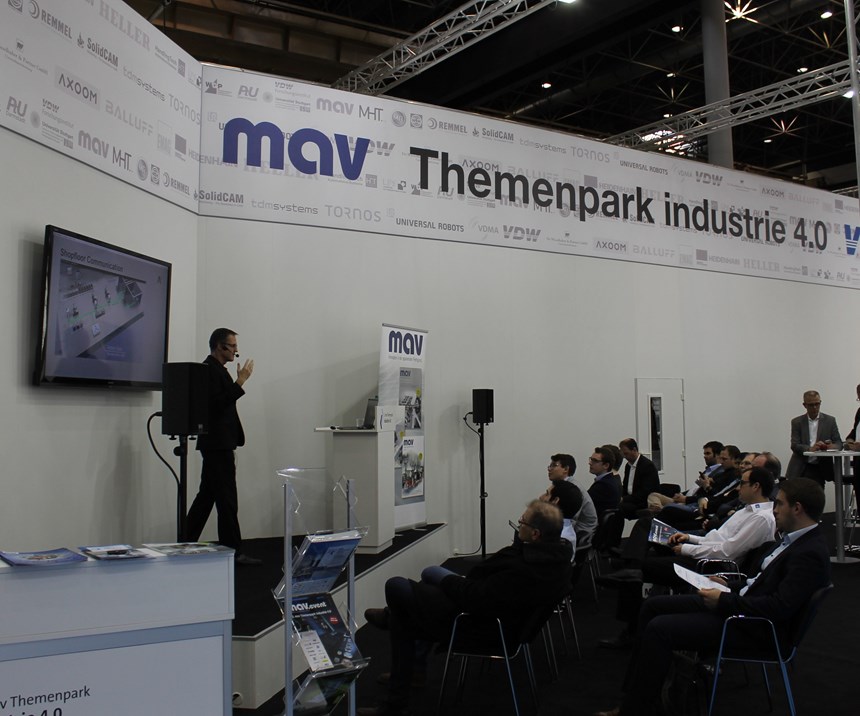

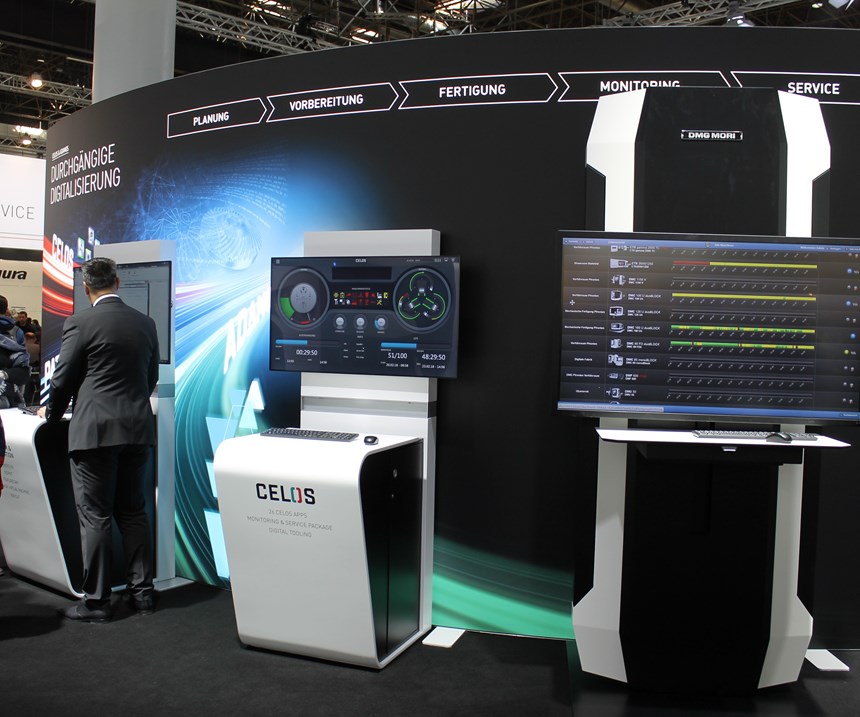
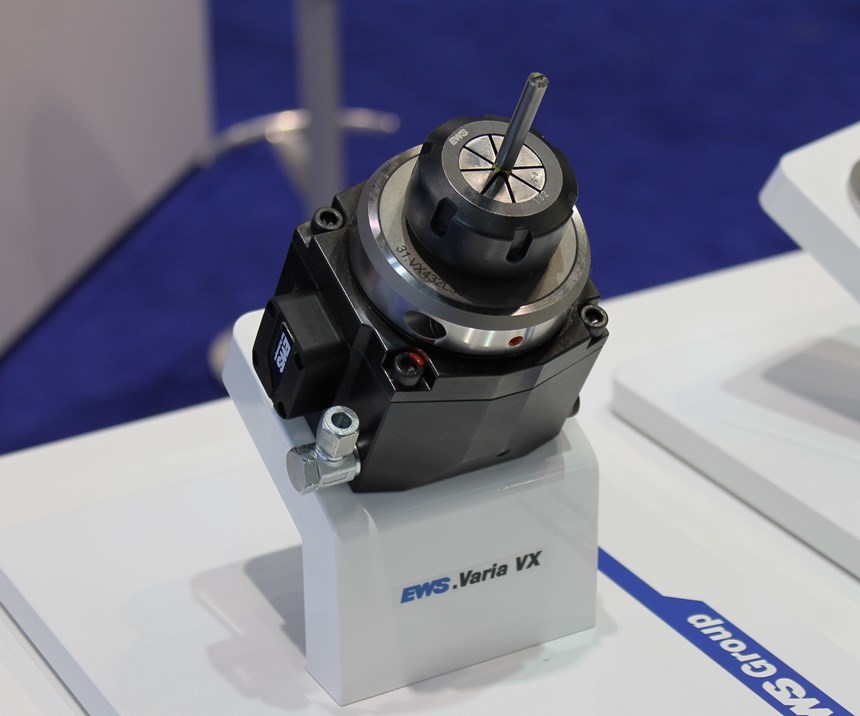
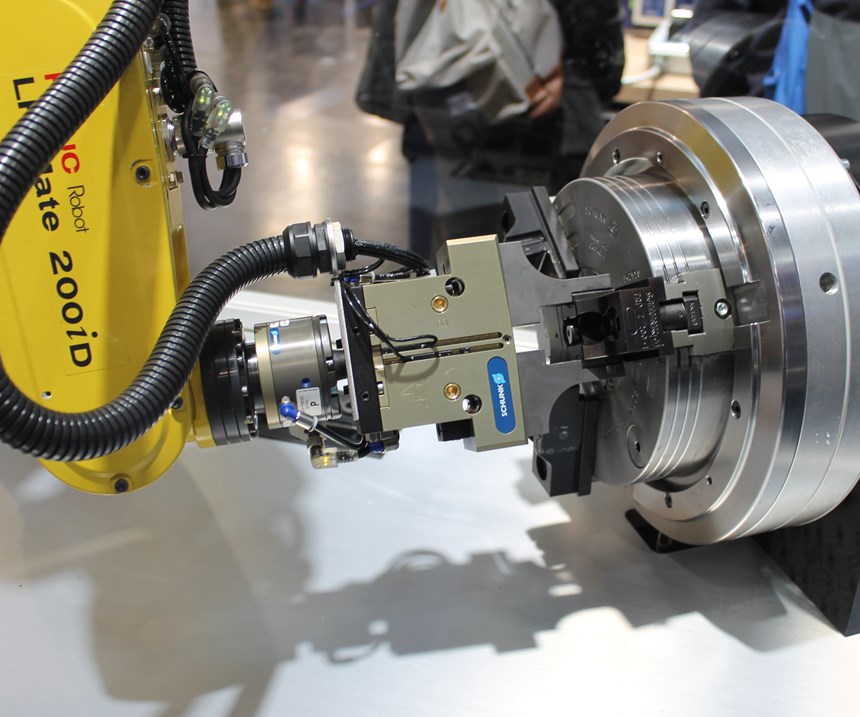
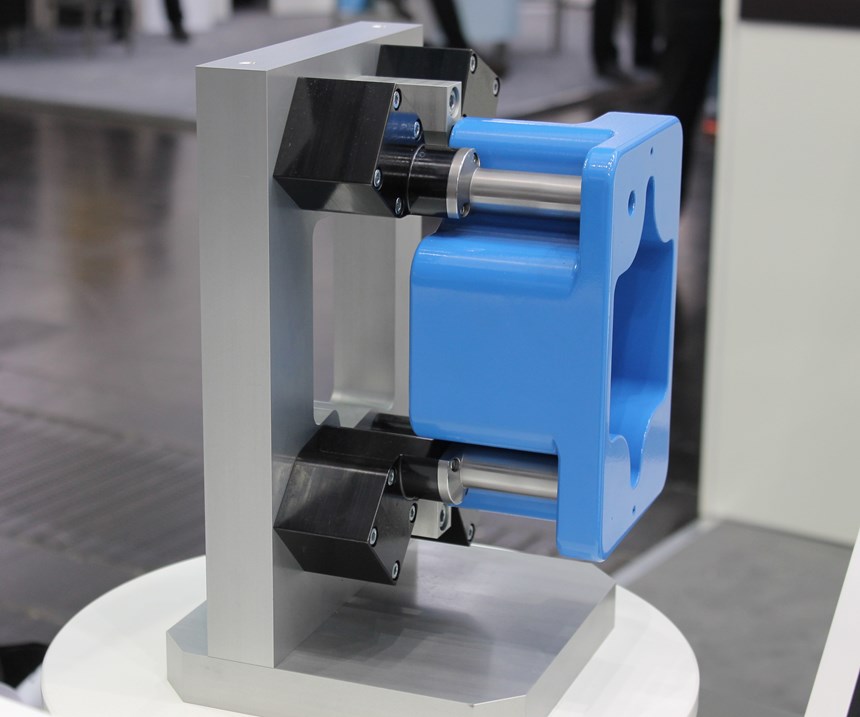

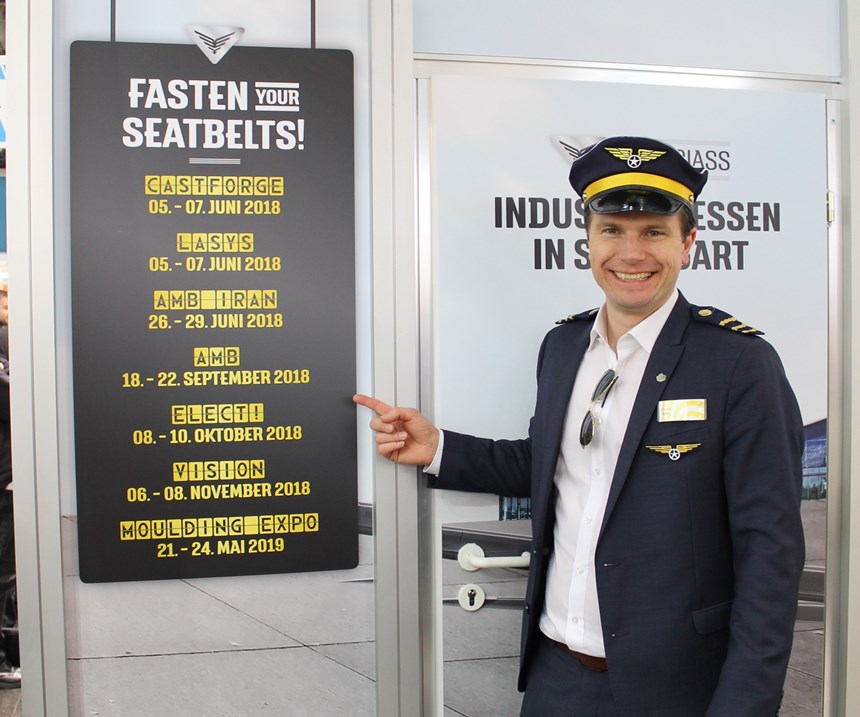
















.jpg;maxWidth=300;quality=90)


